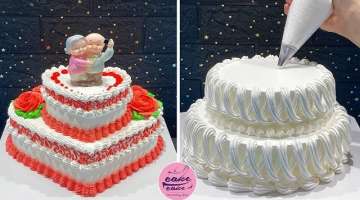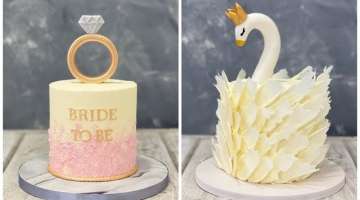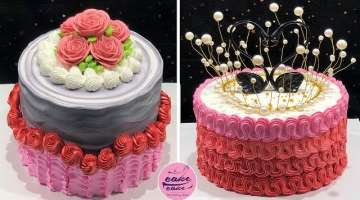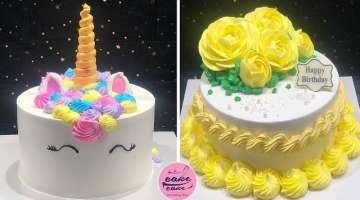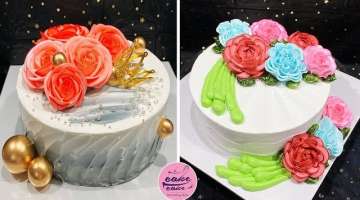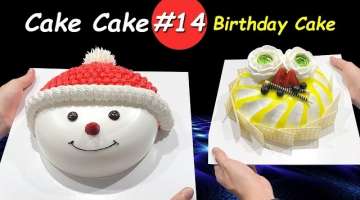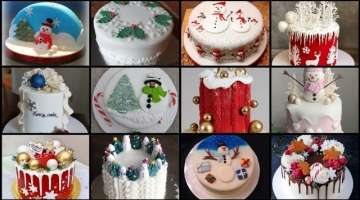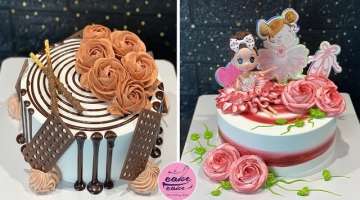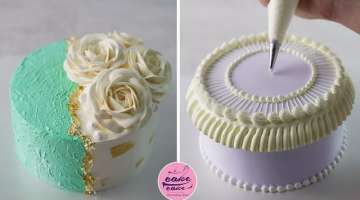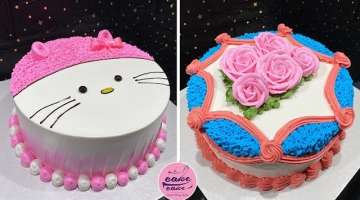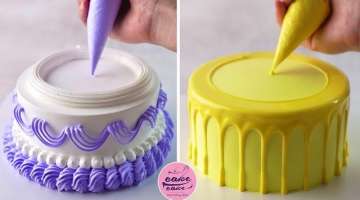The Care and Feeding of Indoor Plants What to know about
Indoor plants should be welcomed in any home or apartment because of the creation of a pleasant indoor environment. A small indoor plant adds both color and a scenic picture to both tables and windows.
- 1 | 15

The important factor here is that most of the foliage plants, purchase for use as indoor plants, have as their origin tropical areas and conditions
- 2 | 15

Here then is your basic reason why a great many indoor plants require a humid and indirect lighting environment.
- 3 | 15

There are five definitive elements required of indoor plants; light, temperature and ventilation, humidity, watering and fertilizer. The first of these elements to be discussed here is light. Plants really have varying needs for light.
- 4 | 15

My croton for example requires to be positioned at a window with direct sunlight but my Norfolk pine can do just fine with medium to low light intensity. Natural light is usually obtained from a window position to sustain the life of an indoor plant.
- 5 | 15

However this is always governed by how close the plant is to the window. This natural light decreases exponentially with plant farther and farther from the natural source of light provided by the window.
- 6 | 15

There are many other things you can do to provide the necessary light for survival. You can possibly do hanging baskets,provide some glass shelves allowing light to reach all plants in the event of more than one shelf, or you could construct a bay window providing a greenhouse effect for your plants
- 7 | 15

A more practical idea would be to add some broad spectrum lighting specially designed for plants. These fluorescent lights are generally better then the regular fluorescent lights
- 8 | 15

It is best to position these lights 12-14 inches above the indoor plants which provides a medium light intensity.
- 9 | 15

Temperature and ventilation are definite factors in the life of any indoor plant. As a rule of thumb, the majority of indoor plants perform their best between 60F and 75F degrees. Plants otherwise tend to become thin and weak if maintain at temperatures warmer than the above. Hot and cold drafts, warm appliances and especially heat registers are the kiss of death to once thriving indoor plants.
- 10 | 15

They retain their flower blossoms longer at lower temperature settings as well as having better resistant to insect infestation and disease. Ventilation is important and in a great many homes sufficient fresh air is available. You should be aware of the presence of fumes that may escaped from gas appliances or furnaces.
- 11 | 15

Humidity is an essential requirement for these plants and since they usually need a higher humidity than can be provided by the average home or apartment some adjustments must be made. However if you do have a heating system with an installed humidifier make sure it is kept full of water. A terrarium or placing them on a tray of gravel with moisture applied to the tray will also provide additional humidity. The tray of gravel works particularly well with your larger indoor plants.
- 12 | 15

Watering is probably the leading cause of indoor plant failure. It comes from both under watering and over watering the plants. Your first indication of this problem results in the yellowing and continuous dropping of leaves. The easiest method to deal with this problem is checking the soil on a daily basis.
- 13 | 15

If you find the soil to be dry to at least one quarter of inch down or the pot returns a hollow sound when tapped, then it time for some water. Sometimes it will be necessary to add water until the moisture begins to ooze from the drainage hole in the bottom of the pot.
- 14 | 15

The water that drains from the pot should never be left standing as you should never allow the bottom of your pot to linger in standing water. In the case of small plants the weight of the pot can indicate the necessity for water. The lighter the pot the more water is required to revive the indoor plant. A soil that drains reasonably will increase the ease of watering an indoor plant. A heavy soil retains too much water and can cause crown rot in the plant.
- 15 | 15

The last but not least is sufficient fertilizer to keep your indoor plant healthy and happy. Dilute your fertilizer by adding it to the water used for watering your plants. A mix of one teaspoon of soluble fertilizer in one gallon of water should provide you with the proper ratio. Apply this solution once a month during the growing season. It is best to consult with your garden center as to the best strength required for your plant. Personally I prefer slow release fertilizers they are such a time saver. It is applied in accordance with the label direction. Then every time you water some of the nutrients are released from the small pellets. You only have to re-apply the fertilizer when the directions inform you to do so.
